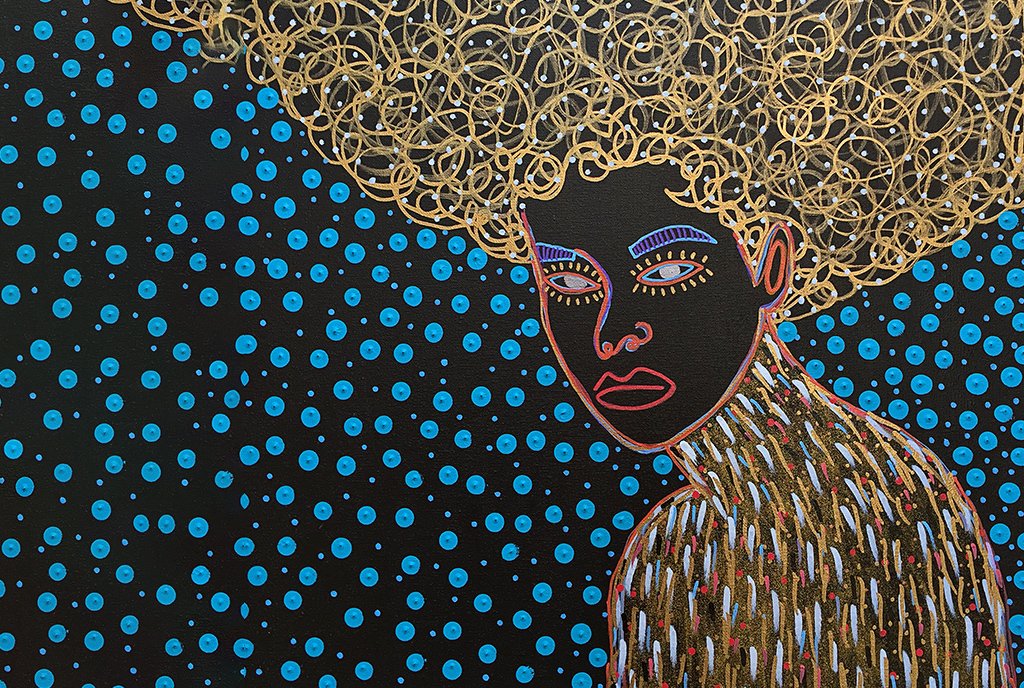Simone P. Joyaux, ACFRE is recognized internationally as an expert in fund development, board and organizational development, strategic planning, and management. She is the founder and director of Joyaux Associates. Visit her website here.
I’m on a worldwide mission to destroy all executive committees. And more and more people are joining me.
Here’s what one executive director told me after she shared one of my executive committee rants with her board: “I fear it won’t be long before services will be scheduled for our soon-to-be-passing Executive Committee. Though she’ll be remembered with fondness, I can almost smell a Board of Directors that gives a crap again.”
Imagine, revitalizing your board. Maybe your Executive Committee prohibits that.
So here’s the story: I have several worldwide missions. These missions define my life’s work. At every opportunity, I speak out and challenge people to talk about these issues. Things like philanthropy and equity . . .
And destroying all executive committees.
“Amen, sister!” said another executive director. And yet another executive director was jumping up and down with joy and figuring out how he would raise the issue with his board chair.
Eventually, a board member called me. His organization was thinking about establishing an executive committee. As we talked, he had a brilliant insight: “Our idea of establishing an executive committee is a response to deficiencies in the board.”
Wow. Talk about questioning the status quo. Talk about self-awareness. Has your organization asked itself “why?” Why do you want an executive committee? How will an executive committee add value?
Or are you just following what others have done – and those others didn’t ask themselves why? Are you compensating for a weakness instead of fixing the actual weakness? Do you just like the idea of a small, select group that kinda takes care of things and . . . And what?
So: back to my worldwide mission to destroy all executive committees.
Sign up for our free newsletters
Subscribe to NPQ's newsletters to have our top stories delivered directly to your inbox.
By signing up, you agree to our privacy policy and terms of use, and to receive messages from NPQ and our partners.
Here’s my perspective, which is gaining lots of traction whenever I share these thoughts. (And I talk about executive committees and their dangers every chance I get – and that’s lots!)
First, let’s start with board committees in general. Most boards establish a number of committees, e.g., finance, governance, hopefully fund development.
But the premier committee, the trump all committee, is the executive committee. It’s different than any other committee. The others have specific and limited scopes of work. The executive committee does not. Instead, the executive committee…well, it exists to…kinda…well, you know…
Here’s what yet another executive director said to me after reading my original blog about executive committees: “The sentence that really resonated with me [in your blog] is – ‘Some organizations establish an executive committee to compensate for a weak board. Fix the board.'”
She added: “A person who is willing to sit on a board that uses an executive committee the way you, Simone, describe it might be wise to think about being part of that board. The fiduciary and oversight responsibility that belongs to a board member isn’t diminished by the number of meetings s/he attends. The full responsibility falls on all the board members.”
Then she summarized: “My most recent board has had difficulty in getting members to attend meetings because they’re so disengaged. So the board decided to have meetings less often with executive meetings on the off months. Now, more of the members don’t have any idea what’s going on, and I can’t see how that’s going to make them feel more useful. Scary.
Scary, indeed. Destroy your executive committee. Or, at least, talk about its purpose, its added value, and its dangers.
Who talks? The board. The full board. Not the executive committee! Not the board chair only. The full board. The board decides what committees it wants or doesn’t want.
But wait. Yes, I know. But wait. There are all these reasons people cite for having an executive committee. But I have answers. Answers for every single reason anyone has ever raised to me. Read my next column.













